目录
- 引言
- 1. @RefreshScope结合Actuator刷新端点
- 实现步骤
- 优缺点
- 2. Spring Cloud Config配置中心
- 实现步骤
- 优缺点
- 3. 基于数据库的配置存储
- 实现方案
- 优缺点
- 4. 使用ZooKeeper管理配置
- 实现步骤
- 优缺点
- 5. Redis发布订阅机制实现配置更新
- 实现方案
- 优缺点
- 6. 自定义配置加载器和监听器
- 实现方案
- 优缺点
- 7. Apollo配置中心
- 实现步骤
- 优缺点
- 8. Nacos配置管理
- 实现步骤
- 优缺点
- 9. Spring Boot Admin与Actuator结合
- 实现步骤
- 优缺点
- 10. 使用@ConfigurationProperties结合EventListener
- 实现方案
- 优缺点
- 方法比较与选择指南
- 总结
引言
在SpringBoot应用中,配置信息通常通过application.properties或application.yml文件静态定义,应用启动后这些配置就固定下来了。
但我们常常需要在不重启应用的情况下动态修改配置,以实现灰度发布、A/B测试、动态调整线程池参数、切换功能开关等场景。
本文将介绍SpringBoot中10种实现配置动态修改的方法。
1. @RefreshScope结合Actuator刷新端点
Spring Cloud提供的@RefreshScope注解是实现配置热刷新的基础方法。
实现步骤
- 添加依赖:
<dependency>
<groupId>org.springframework.boot</groupId>
<artifactId>spring-boot-starter-actuator</artifactId>
</dependency>
<dependency>
<groupId>org.springframework.cloud</groupId>
<artifactId>spring-cloud-starter</artifactId>
</dependency>
- 开启刷新端点:
management.endpoints.web.exposure.include=refresh
- 给配置类添加
@RefreshScope注解:
@RefreshScope
@RestController
public class ConfigController {
@Value("${app.message:Default message}")
private String message;
@GetMapping("/message")
public String getMessage() {
return message;
}
}
- 修改配置后,调用刷新端点:
curl -X POST http://localhost:8080/actuator/refresh
优缺点
优点
- 实现简单,利用Spring Cloud提供的现成功能
- 无需引入额外的配置中心
缺点
- 需要手动触发刷新
- 只能刷新单个实例,在集群环境中需要逐个调用
- 只能重新加载配置源中的值,无法动态添加新配置
2. Spring Cloud Config配置中心
Spring Cloud Config提供了一个中心化的配置服务器,支持配置文件的版本控制和动态刷新。
实现步骤
- 设置Config Server:
<dependency>
<groupId>org.springframework.cloud</groupId>
<artifactId>spring-cloud-config-server</artifactId>
</dependency>
@SpringBootApplication
@EnableConfigServer
public class ConfigServerApplication {
public static void main(String[] args) {
SpringApplication.run(ConfigServerApplication.class, args);
}
}
spring.cloud.config.server.git.uri=https://github.com/your-repo/config
- 客户端配置:
<dependency>
<groupId>org.springframework.cloud</groupId>
<artifactId>spring-cloud-starter-config</artifactId>
</dependency>
<dependency>
<groupId>org.springframework.cloud</groupId>
<artifactId>spring-cloud-starter-bootstrap</artifactId>
</dependency>
# bootstrap.properties spring.application.name=my-service spring.cloud.config.uri=http://localhost:8888
<dependency>
<groupId>org.springframework.cloud</groupId>
<artifactId>spring-cloud-starter-bus-amqp</artifactId>
</dependency>
优缺点
优点
- 提供配置的版本控制
- 支持配置的环境隔离
- 通过Spring Cloud Bus可实现集群配置的自动刷新
缺点
- 引入了额外的基础设施复杂性
- 依赖额外的消息总线实现集群刷新
- 配置更新有一定延迟
3. 基于数据库的配置存储
将配置信息存储在数据库中,通过定时任务或事件触发机制实现配置刷新。
实现方案
- 创建配置表:
CREATE TABLE app_config (
config_key VARCHAR(100) PRIMARY KEY,
config_value VARCHAR(500) NOT NULL,
description VARCHAR(200),
update_time TIMESTAMP
);
- 实现配置加载和刷新:
@Service
public class DatabaseConfigService {
@Autowired
private JdbcTemplate jdbcTemplate;
private Map<String, String> configCache = new ConcurrentHashMap<>();
@PostConstruct
public void init() {
loadAllConfig();
}
@Scheduled(fixedDelay = 60000) // 每分钟刷新
public void loadAllConfig() {
List<Map<String, Object>> rows = jdbcTemplate.queryForList("SELECT config_key, config_value FROM app_config");
for (Map<String, Object> row : rows) {
configCache.put((String) row.get("config_key"), (String) row.get("config_value"));
}
}
public String getConfig(String key, String defaultValue) {
return configCache.getOrDefault(key, defaultValue);
}
}
优缺点
优点
- 简单直接,无需额外组件
- 可以通过管理界面实现配置可视化管理
- 配置持久化,重启不丢失
缺点
- 刷新延迟取决于定时任务间隔
- 数据库成为潜在的单点故障
- 需要自行实现配置的版本控制和权限管理
4. 使用ZooKeeper管理配置
利用ZooKeeper的数据变更通知机制,实现配置的实时动态更新。
实现步骤
- 添加依赖:
<dependency>
<groupId>org.apache.curator</groupId>
<artifactId>curator-recipes</artifactId>
<version>5.1.0</version>
</dependency>
- 实现配置监听:
@Component
public class ZookeeperConfigManager {
private final CuratorFramework client;
private final Map<String, String> configCache = new ConcurrentHashMap<>();
@Autowired
public ZookeeperConfigManager(CuratorFramework client) {
this.client = client;
initConfig();
}
private void initConfig() {
try {
String configPath = "/config";
if (client.checkExists().forPath(configPath) == null) {python
client.create().creatingParentsIfNeeded().forPath(configPath);
}
List<String> keys = client.getChildren().forPath(configPath);
for (String key : keys) {
String fullPath = configPath + "/" + key;
byte[] data = client.getData().forPath(fullPath);
configCache.put(key, new String(data));
// 添加监听器
NodeCache nodeCache = new NodeCache(client, fullPath);
nodeCache.getListenable().addListener(() -> {
byte[] newData = nodeCache.getCurrentData().getData();
configCache.put(keywww.devze.com, new String(newData));
System.out.println("Config updated: " + key + python" = " + new String(newData));
});
nodeCache.start();
}
} catch (Exception e) {
throw new RuntimeException("Failed to initialize config from ZooKeeper", e);
}
}
public String getConfig(String key, String defaultValue) {
return configCache.getOrDefault(key, defaultValue);
}
}
优缺点
优点
- 实时通知,配置变更后立即生效
- ZooKeeper提供高可用性保证
- 适合分布式环境下的配置同步
缺点
- 需要维护ZooKeeper集群
- 配置管理不如专用配置中心直观
- 存储大量配置时性能可能受影响
5. Redis发布订阅机制实现配置更新
利用Redis的发布订阅功能,实现配置变更的实时通知。
实现方案
- 添加依赖:
<dependency>
<groupId>org.springframework.boot</groupId>
<artifactId>spring-boot-starter-data-redis</artifactId>
</dependency>
- 实现配置刷新监听:
@Component
public class RedisConfigManager {
@Autowired
private StringRedisTemplate redisTemplate;
private final Map<String, String> configCache = new ConcurrentHashMap<>();
@PostConstruct
public void init() {
loadAllConfig();
subscribeConfigChanges();
}
private void loadAllConfig() {
Set<String> keys = redisTemplate.keys("config:*");
if (keys != null) {
for (String key : keys) {
String value = redisTemplate.opsForValue().get(key);
configCache.put(key.replace("config:", ""), value);
}
}
}
private void subscribeConfigChanges() {
redisTemplate.getConnectionFactory().getConnection().subscribe(
(message, pattern) -> {
String[] parts = new String(message.getBody()).split("=");
if (parts.length == 2) {
configCache.put(parts[0], parts[1]);
}
},
"config-channel".getBytes()
);
}
public String getConfig(String key, String defaultValue) {
return configCache.getOrDefault(key, defaultValue);
}
// 更新配置的方法(管理端使用)
public void updateConfig(String key, String value) {
redisTemplate.opsForValue().set("config:" + key, value);
redisTemplate.convertAndSend("config-channel", key + "=" + value);
}
}
优缺点
优点
- 实现简单,利用Redis的发布订阅机制
- 集群环境下配置同步实时高效
- 可以与现有Redis基础设施集成
缺点
- 依赖Redis的可用性
- 需要确保消息不丢失
- 缺乏版本控制和审计功能
6. 自定义配置加载器和监听器
通过自定义Spring的PropertySource和文件监听机制,实现本地配置文件的动态加载。
实现方案
@Component
public class DynamicPropertySource implements ApplicationContextAware {
private static final Logger logger = LoggerFactory.getLogger(DynamicPropertySource.class);
private ConfigurableApplicationContext applicationContext;
private File configFile;
private Properties properties = new Properties();
private FileWatcher fileWatcher;
@Override
public void setApplicationContext(ApplicationContext applicationContext) throws BeansException {
this.applicationContext = (ConfigurableAppliiIXbEaHcationContext) applicationContext;
try {
configFile = new File("config/dynamic.properties");
if (configFile.exists()) {
loadProperties();
registerPropertySource();
startFileWatcher();
}
} catch (Exception e) {
logger.error("Failed to initialize dynamic property source", e);
}
}
private void loadProperties() throws IOException {
try (FileInputStream fis = new FileInputStream(configFile)) {
properties.load(fis);
}
}
private void registerPropertySource() {
MutablePropertySources propertySources = applicationContext.getEnvironment().getPropertySources();
PropertiesPropertySource propertySource = new PropertiesPropertySource("dynamic", properties);
propertySources.addFirst(propertySource);
}
private void startFileWatcher() {
fileWatcher = new FileWatcher(configFile);
fileWatcher.setListener(new FileChangeListener() {
@Override
public void fileChanged() {
try {
Properties newprops = new Properties();
try (FileInputStream fis = new FileInputStream(configFile)) {
newProps.load(fis);
}
// 更新已有属性
MutablePropertySources propertySources = applicationContext.getEnvironment().getPropertySources();
PropertiesPropertySource oldSource = (PropertiesPropertySource) propertySources.get("dynamic");
if (oldSource != null) {
propertySources.replace("dynamic", new PropertiesPropertySource("dynamic", newProps));
}
// 发布配置变更事件
applicationContext.publishEvent(new EnvironmentChangeEvent(Collections.singleton("dynamic")));
logger.info("Dynamic properties reloaded");
} catch (Exception e) {
logger.error("Failed to reload properties", e);
}
}
});
fileWatcher.start();
}
// 文件监听器实现(简化版)
private static class FileWatcher extends Thread {
private final File file;
private FileChangeListener listener;
private long lastModified;
public FileWatcher(File file) {
this.file = file;
this.lastModified = file.lastModified();
}
public void setListener(FileChangeListener listener) {
this.listener = listener;
}
@Override
public void run() {
try {
while (!Thread.interrupted()) {
long newLastModified = file.lastModified();
if (newLastModified != lastModified) {
lastModified = newLastModified;
if (listener != null) {
listener.fileChanged();
}
}
Thread.sleep(5000); // 检查间隔
}
} catch (InterruptedException e) {
// 线程中断
}
}
}
private interface FileChangeListener {
void fileChanged();
}
}
优缺点
优点
- 不依赖外部服务,完全自主控制
- 可以监控本地文件变更实现实时刷新
- 适合单体应用或简单场景
缺点
- 配置分发需要额外机制支持
- 集群环境下配置一致性难以保证
- 需要较多自定义代码
7. Apollo配置中心
携程开源的Apollo是一个功能强大的分布式配置中心,提供配置修改、发布、回滚等完整功能。
实现步骤
- 添加依赖:
<dependency>
<groupId>com.ctrip.framework.apollo</groupId>
<artifactId>apollo-client</artifactId>
<version>2.0.1</version>
</dependency>
- 配置Apollo客户端:
# app.properties app.id=your-app-id apollo.meta=http://apollo-config-service:8080
- 启用Apollo:
@SpringBootApplication
@EnableApolloConfig
public class Application {
public static void main(String[] args) {
SpringApplication.run(Application.class, args);
}
}
- 使用配置:
@Component
public class SampleService {
@Value("${timeout:1000}")
private int timeout;
// 监听特定配置变更
@ApolloConfigChangeListener
public void onConfigChange(ConfigChangeEvent event) {
if (event.isChanged("timeout")) {
ConfigChange change = event.getChange("timeout");
System.out.println("timeout changed from " + change.getOldValue() + " to " + change.getNewValue());
// 可以在这里执行特定逻辑,如重新初始化线程池等
}
}
}
优缺点
优点
- 提供完整的配置管理界面
- 支持配置的灰度发布
- 具备权限控制和操作审计
- 集群自动同步,无需手动刷新
缺点
- 需要部署和维护Apollo基础设施
- 学习成本相对较高
- 小型项目可能过于重量级
8. Nacos配置管理
阿里开源的Nacos既是服务发现组件,也是配置中心,广泛应用于Spring Cloud Alibaba生态。
实现步骤
- 添加依赖:
<dependency>
<groupId>com.alibaba.cloud</groupId>
<artifactId>spring-cloud-starter-alibaba-nacos-config</artifactId>
</dependency>
- 配置Nacos:
# bootstrap.properties spring.application.name=my-service spring.cloud.nacos.config.server-addr=127.0.0.1:8848 # 支持多配置文件 spring.cloud.nacos.config.extension-configs[0].data-id=database.properties spring.cloud.nacos.config.extension-configs[0].group=DEFAULT_GROUP spring.cloud.nacos.config.extension-configs[0].refresh=true
- 使用配置:
@RestController
@RefreshScope
public class ConfigController {
@Value("${useLocalCache:false}")
private boolean useLocalCache;
@GetMapping("/cache")
public boolean getUseLocalCache() {
return useLocalCache;
}
}
优缺点
优点
- 与Spring Cloud Alibaba生态无缝集成
- 配置和服务发现功能二合一
- 轻量级,易于部署和使用
- 支持配置的动态刷新和监听
缺点
- 部分高级功能不如Apollo丰富
- 需要额外维护Nacos服务器
- 需要使用bootstrap配置机制
9. Spring Boot Admin与Actuator结合
Spring Boot Admin提供了Web UI来管理和监控Spring Boot应用,结合Actuator的环境端点可以实现配置的可视化管理。
实现步骤
- 设置Spring Boot Admin服务器:
<dependency>
<groupId>de.codecentric</groupId>
<artifactId>spring-boot-admin-starter-server</artifactId>
<version>2.7.0</version>
</dependency>
@SpringBootApplication
@EnableAdminServer
public class AdminServerApplication {
public static void main(String[] args) {
SpringApplication.run(AdminServerApplication.class, args);
}
}
- 配置客户端应用:
<dependency>
<groupId>de.codecentric</groupId>
<artifactId>spring-boot-admin-starter-client</artifactId>
<version>2.7.0</version>
</dependency>
<dependency>
<groupId>org.springframework.boot</groupId>
<artifactId>spring-boot-starter-actuator</artifactId>
</dependency>
spring.boot.admin.client.url=http://localhost:8080 management.endpoints.web.exposure.include=* management.endpoint.env.post.enabled=true
- 通过Spring Boot Admin UI修改配置
Spring Boot Admin提供UI界面,可以查看和修改应用的环境属性。通过发送POST请求到/actuator/env端点修改配置。
优缺点
优点
- 提供可视化操作界面
- 与Spring Boot自身监控功能集成
- 无需额外的配置中心组件
缺点
- 修改的配置不持久化,应用重启后丢失
- 安全性较弱,需要额外加强保护
- 不适合大规模生产环境的配置管理
10. 使用@ConfigurationProperties结合EventListener
利用Spring的事件机制和@ConfigurationProperties绑定功能,实现配置的动态更新。
实现方案
- 定义配置属性类:
@Component
@ConfigurationProperties(prefix = "app")
@Setter
@Getter
public class ApplicationProperties {
private int connectionTimeout;
private int readTimeout;
private int maxConnections;
private Map<String, String> features = new HashMap<>();
// 初始化客户端的方法
public HttpClient buildHttpClient() {
return HttpClient.newBuilder()
.connectTimeout(Duration.ofMillis(connectionTimeout))
.build();
}
}
- 添加配置刷新机制:
@Component
@RequiredArgsConstructor
public class ConfigRefresher {
private final ApplicationProperties properties;
private final ApplicationContext applicationContext;
private HttpClient httpClient;
@PostConstruct
public void init() {
refreshHttpClient();
}
@EventListener(EnvironmentChangeEvent.class)
public void onEnvironmentChange() {
refreshHttpClient();
}
private void refreshHttpClient() {
httpClient = properties.buildHttpClient();
System.out.println("HttpClient refreshed with timeout: " + properties.getConnectionTimeout());
}
public HttpClient getHttpClient() {
return this.httpClient;
}
// 手动触发配置刷新的方法
public void refreshProperties(Map<String, Object> newProps) {
PropertiesPropertySource propertySource = new PropertiesPropertySource(
"dynamic", convertToPrjavascriptoperties(newProps));
ConfigurableEnvironment env = (ConfigurableEnvironment) applicationContext.getEnvironment();
env.getPropertySources().addFirst(propertySource);
// 触发环境变更事件
applicationContext.publishEvent(new EnvironmentChangeEvent(newProps.keySet()));
}
private Properties convertToProperties(Map<String, Object> map) {
Properties properties = new Properties();
for (Map.Entry<String, Object> entry : map.entrySet()) {
properties.put(entry.getKey(), entry.getValue().toString());
}
return properties;
}
}
优缺点
优点
- 强类型的配置绑定
- 利用Spring内置机制,无需额外组件
- 灵活性高,可与其他配置源结合
缺点
- 需要编写较多代码
- 配置变更通知需要额外实现
- 不适合大规模或跨服务的配置管理
方法比较与选择指南
| 方法 | 易用性 | 功能完整性 | 适用规模 | 实时性 |
|---|---|---|---|---|
| @RefreshScope+Actuator | ★★★★★ | ★★ | 小型 | 手动触发 |
| Spring Cloud Config | ★★★ | ★★★★ | 中大型 | 需配置 |
| 数据库存储 | ★★★★ | ★★★ | 中型 | 定时刷新 |
| ZooKeeper | ★★★ | ★★★ | 中型 | 实时 |
| Redis发布订阅 | ★★★★ | ★★★ | 中型 | 实时 |
| 自定义配置加载器 | ★★ | ★★★ | 小型 | 定时刷新 |
| Apollo | ★★★ | ★★★★★ | 中大型 | 实时 |
| Nacos | ★★★★ | ★★★★ | 中大型 | 实时 |
| Spring Boot Admin | ★★★★ | ★★ | 小型 | 手动触发 |
| @ConfigurationProperties+事件 | ★★★ | ★★★ | 小型 | 事件触发 |
总结
动态配置修改能够提升系统的灵活性和可管理性,选择合适的动态配置方案应综合考虑应用规模、团队熟悉度、基础设施现状和业务需求。
无论选择哪种方案,确保配置的安全性、一致性和可追溯性都是至关重要的。
以上就是SpringBoot动态修改配置的十种方法的详细内容,更多关于SpringBoot动态修改配置的资料请关注编程客栈(www.devze.com)其它相关文章!

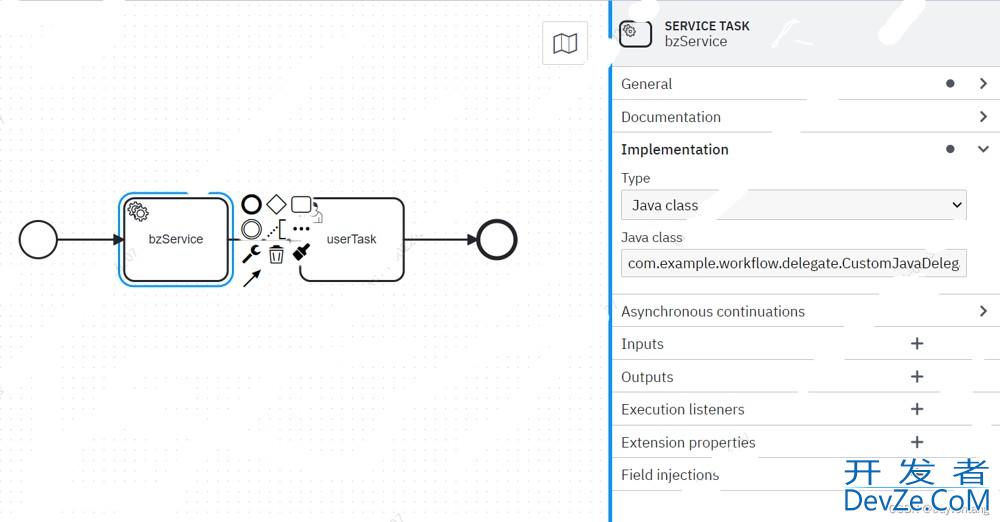

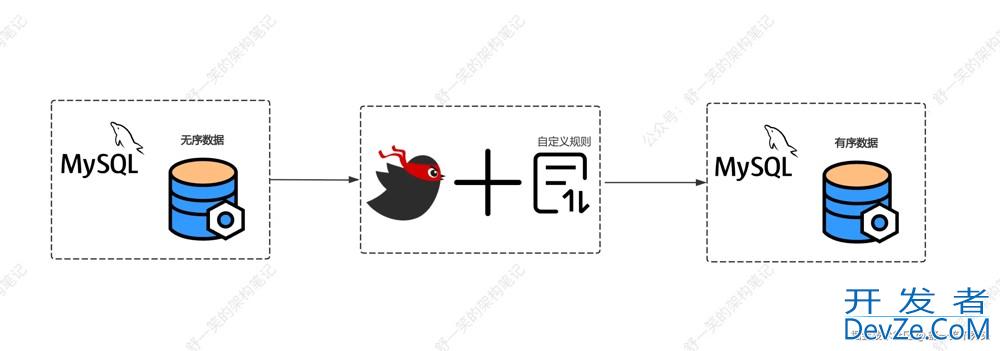

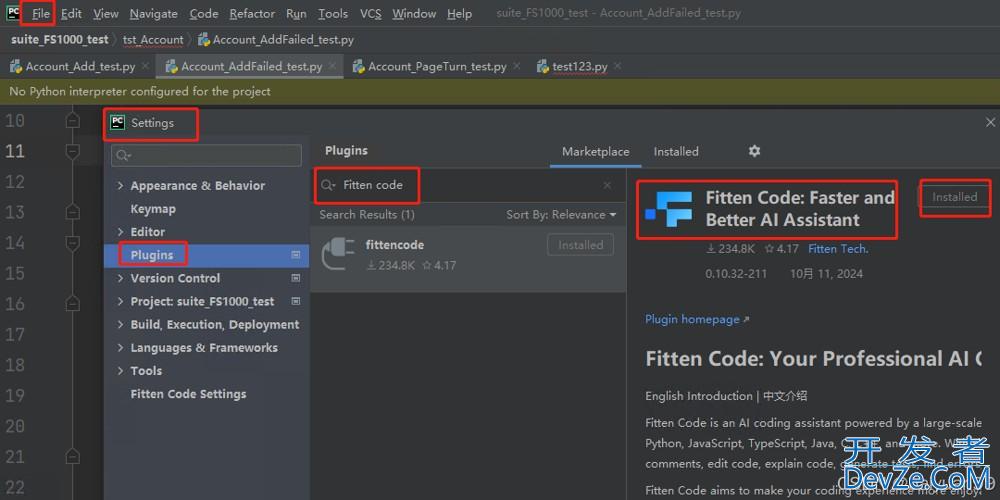
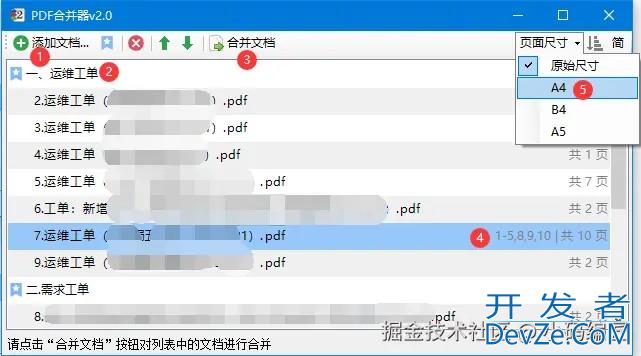
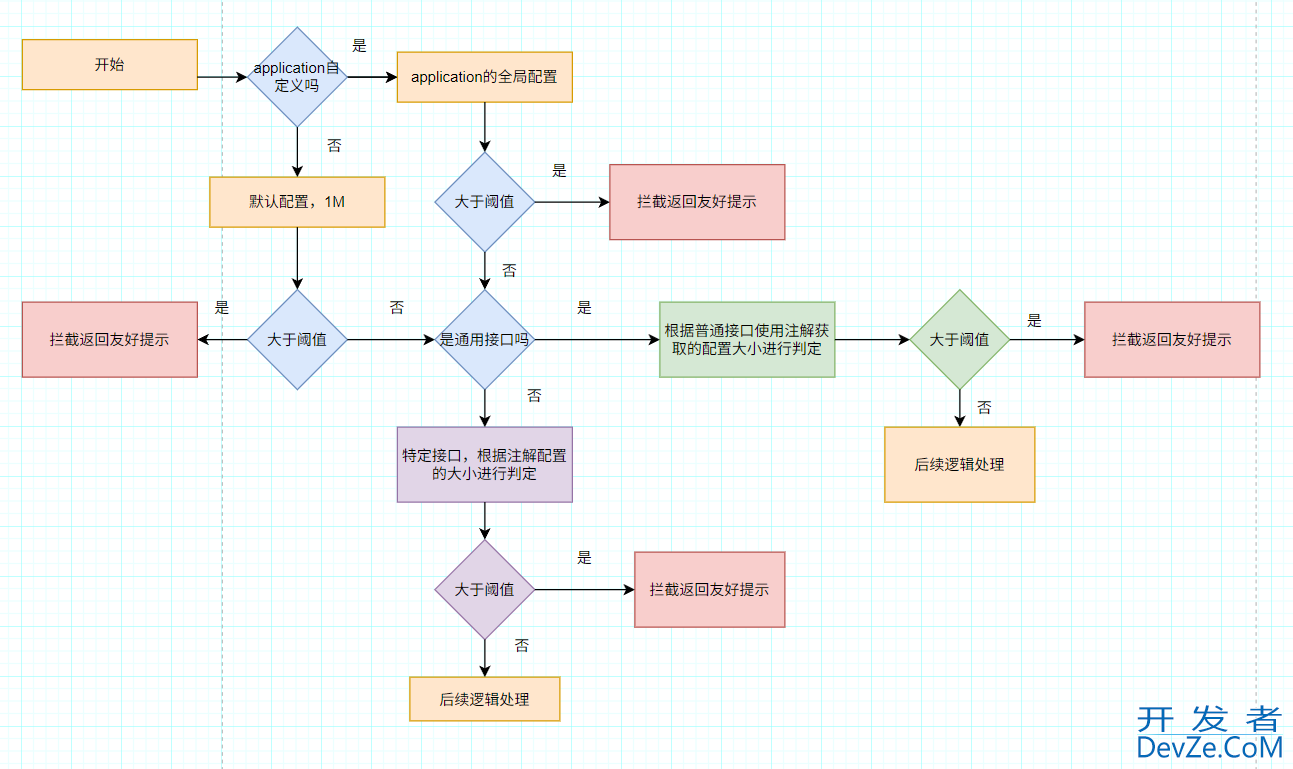
 加载中,请稍侯......
加载中,请稍侯......
精彩评论